
|
|
|
|
|
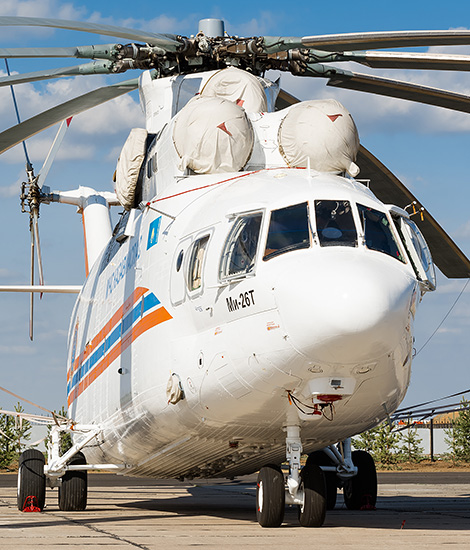
|
The Kazakhstan MChS Kazaviaspas; Astana, May 22 – 25, 2014
The Kazak Air Force, part 4; Text and Photograph's by Alex van Noye
The Kazaviaspas is a part of the Kazakh defense which is able to act quickly in emergency situations in the country. The main tasks of the special rescue units are the Search and Rescue mission and providing support during disasters. The organization has across the country aircraft and helicopters which can be deployed.
The Kazakh MCHS Kazaviaspas (Министерство по Чрезвычайным Ситуациям Казавиаспас) is originally a Russian organization which was founded in the Soviet Union on December 27, 1990. The organization is in Kazakhstan also referred to as "Төтенше Жағдайлар Министрлігінің" which is abbreviated as "TЖМ". MCHS means roughly translated "Ministry for Emergencies". After the fall of Soviet Union, the Ka- zakh part of this organization became an independent unit in Kazakhstan. The Kazaviaspas is the part of the Kazakh defense which can act quickly during emergen- cy situations in the country. The vehicles, helicopters and aircraft of the Kazaviaspas are recognizable by the white color scheme with the orange and blue stripes on the fuselage. All the machinery of the organization across the country wears these colors and is easily recognizable. The Kazaviaspas has spread the helicopters and planes throughout the country on the following airfields: Aktau, Aktobe, Almaty, Astana, Atyrau, Balkhash, Chelkar, Kostanay, Kyzylorda, Shymkent and Ust-Kamenogorsk. Almaty is the airport where all the big material is stationed. All major aircraft and helicopters are based at Almaty which is therefore the main base of the Kazaviaspas. More heavy helicopters are stationed at Astana which is next to Almaty the second largest airfield of the Kazaviaspas. Light helicopters are based on the other airports in the country for the national search and rescue task. The large aircraft and helicopters at Almaty and Astana are always ready to be scrambled when their help is needed somewhere in the huge country. The Kazaviaspas is therefore a quick response force.
The tasks of the Kazaviaspas are only national tasks. The main task of the organi- zation is the National Search and Rescue mission in Kazakhstan. For this task, there are 24 hours a day throughout the country helicopters on stand-by to intervene where necessary. Often the people who get into trouble are in the uninhabited areas of this vast country. These are mainly accidents involving cars and sometimes with agricul-
|
|
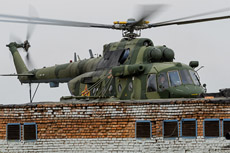
|
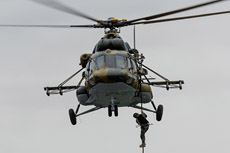
|
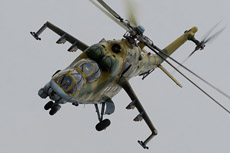
|
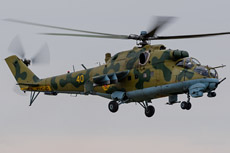
|
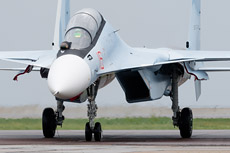
|
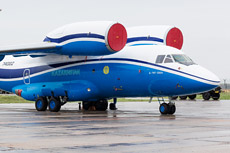
|
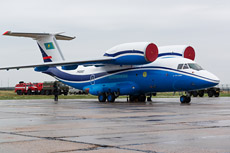
|
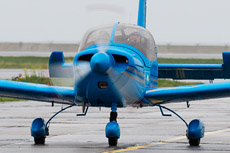
|
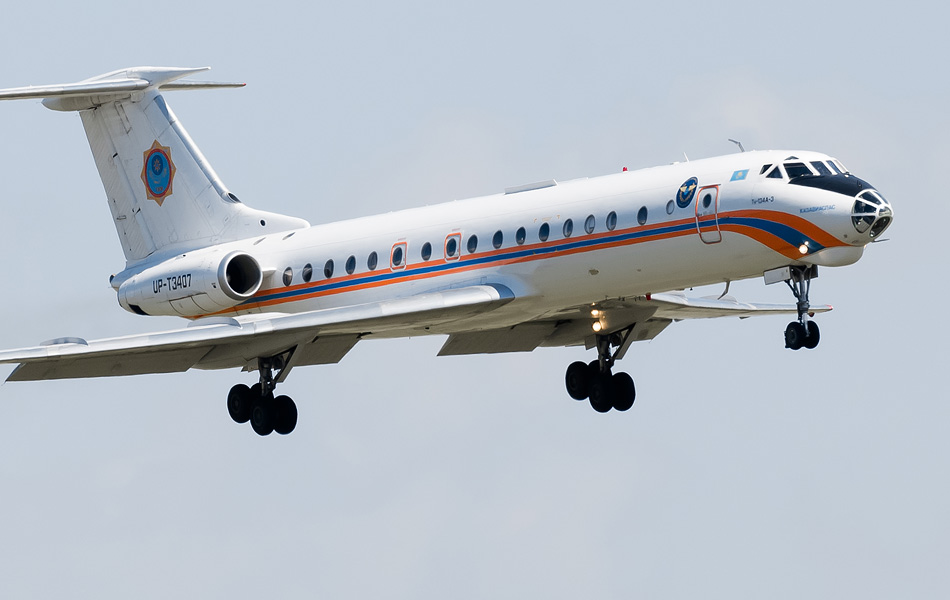
|
tural vehicles. The SAR helicopters are often used to evacuate people from these areas quickly to the hospitals in the cities of the country. The Kazaviaspas is also used in areas where major natural disasters have occurred. The large aircraft and helicopters will fly food and materials such as tents and blankets to the disaster area. The aircraft of the Kazaviaspas are all well suitable to land on the unpaved runways in Kazakhstan to deliver quickly and efficiently the supplies to the affected areas. Also, the organization has a department which is specialized in tracing missing persons in such kinds of situations. A third major task of the Kazaviaspas is fighting forest fires which occur frequently in some parts of the country. The large helicopters of the organization can be equipped with huge water bags of more than 10,000 liters of water for firefighting. In addition to these national tasks, the Kazaviaspas is also involved in various civil defense tasks in support of other military units in the country.
The majority of the aircraft of the Kazaviaspas is stationed at Almaty Air Base. The largest aircraft of the organization are the Tupolev Tu-134 "Crusty" and the Tupolev Tu-154 "Careless". There are three Crusty’s and two Careless’s in use at the organization. The aircraft are all used for the transport of troops and conducting evacuations. These aircraft are only able to operate from paved runways, but they are able to carry many people at once. The Kazaviaspas has one Il-76TD in use tor transporting heavy materials such as supplies and materials for rescue teams. This aircraft is due to its size capable to transport huge loads and is able to land in all corners of the country. For carrying medium loads the organization has an An-12BK "Cup" is operational service. This aircraft has the advantage that it is also capable to land on the shorter unpaved landing strips. The An-12 is a robust aircraft which is able to operate in almost any kind of weather. The western counterpart of the An-12 is the American C-130 Hercules. The aircraft was originally designed for the Russian Air Force to operate in the harsh Russian winters. The Kazaviaspas also has one An-30 "Clank" in service for light transport duties and observation flights. The Kazaviaspas has for the heavy transport tasks two Mil Mi-26T "Halo" helicopters in use. A total of two Kamov Ka-32A-11BC helicopters are stationed at Almaty Air Base and Astana Air Base for SAR duties.
The Kazakh government made an agreement with the European Airbus Helicopters Company for the purchase of more than 45 EC145 helicopters. The helicopters will all be built and maintained in Kazakhstan. There are now over 20 of these helicopters delivered to the Kazakh Air Force. The Kazaviaspas has already received 16 helicopters of this type in the meanwhile. The EC145 is a light helicopter which is suitable for patient transport and light SAR tasks. This helicopter type will be the most deployed helicopter in the Kazaviaspas. The EC145 is stationed at all the Kazaviaspas airports throughout the country. The Kazaviaspas has four Mil Mi-8T "Hip" and four Mil Mi-171/172 "Hip H" helicopters in use for medical support and rescue duties in hard to reach areas. These helicopters are based at the airfields of Atyrau and Kyzylorda, which are located in inhospitable areas compared to the other airfields in the country. These areas are especially located in the south and south west of Kazakhstan. The Kazaviaspas has ordered in addition to the current fleet of helicopters and airplanes another four Mil Mi-171E "Hip H" helicopters. These helicopters will specifically be used for medical assistance and SAR operations after disasters such as floods, earthquakes and forest fires. Expected is that these helicopters will be delivered in 2015 to the Kazaviaspas. The Mi-171E is suitable to operate in mountainous environments and is able to carry a lot of equipment. The helicopters are able to carry 26 troops or twelve stretchers including the medical staff.
|
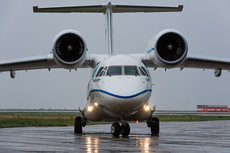
|
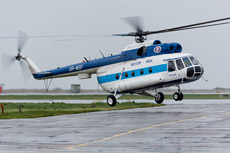
|
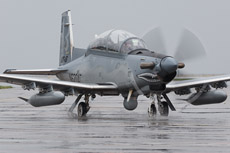
|
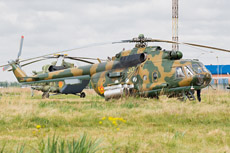
|
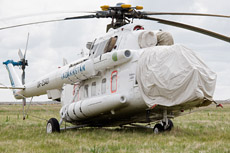
|
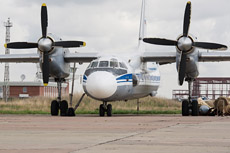
|
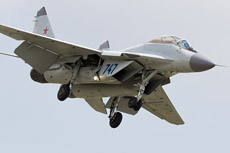
|
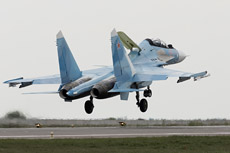
|
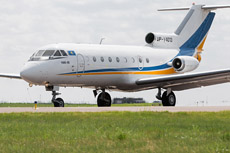
|
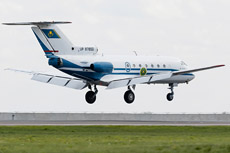
|
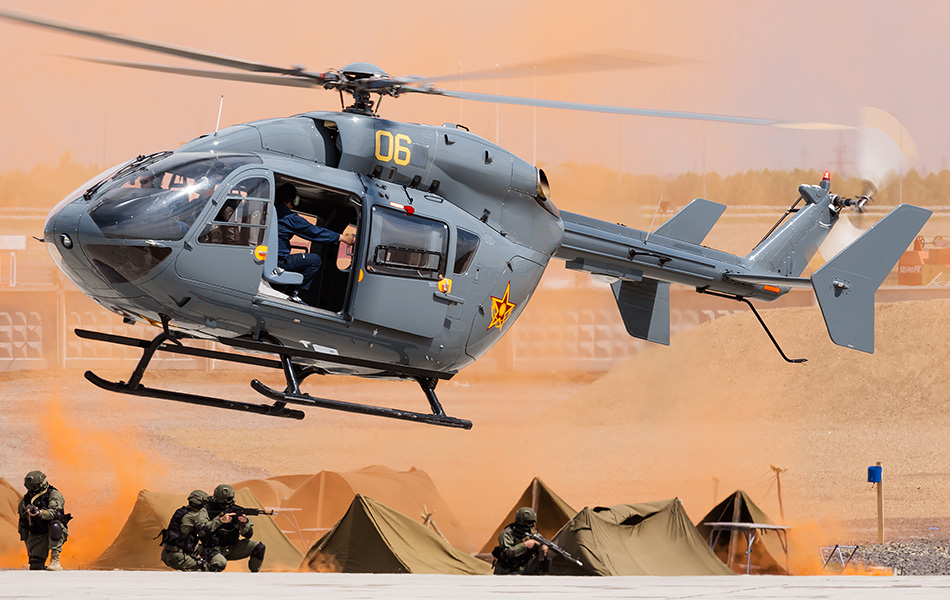
|
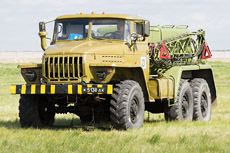
|
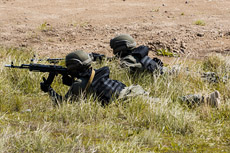
|
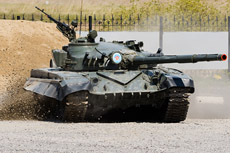
|
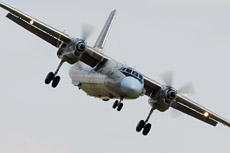
|
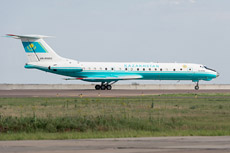
|
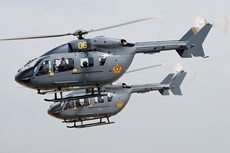
|
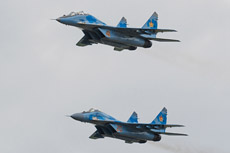
|
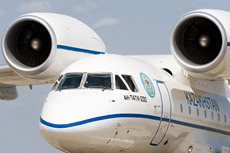
|
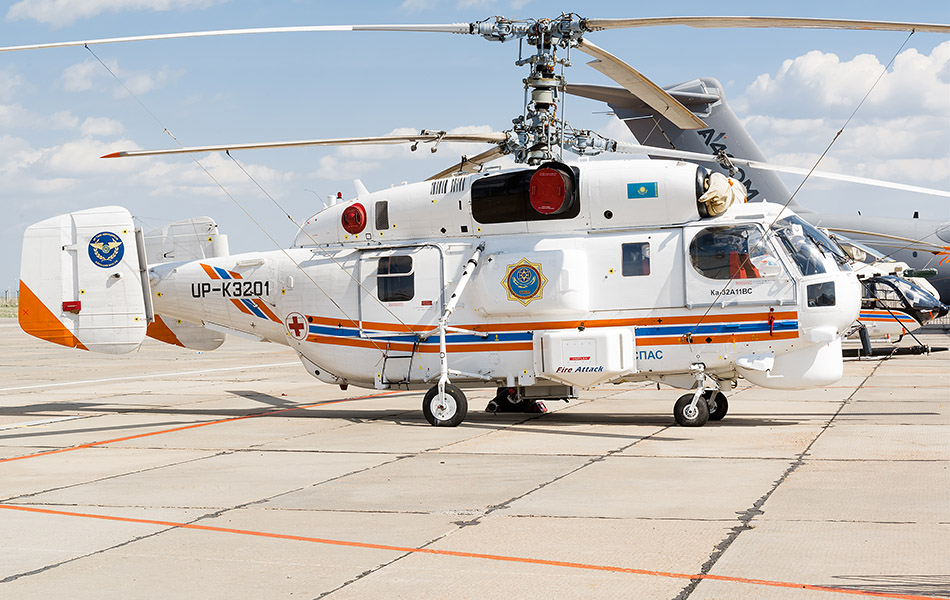
|
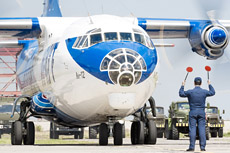
|
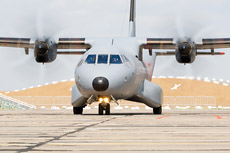
|
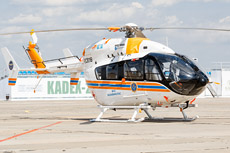
|
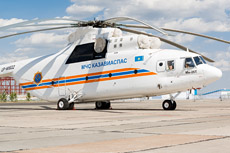
|
|
|

|







